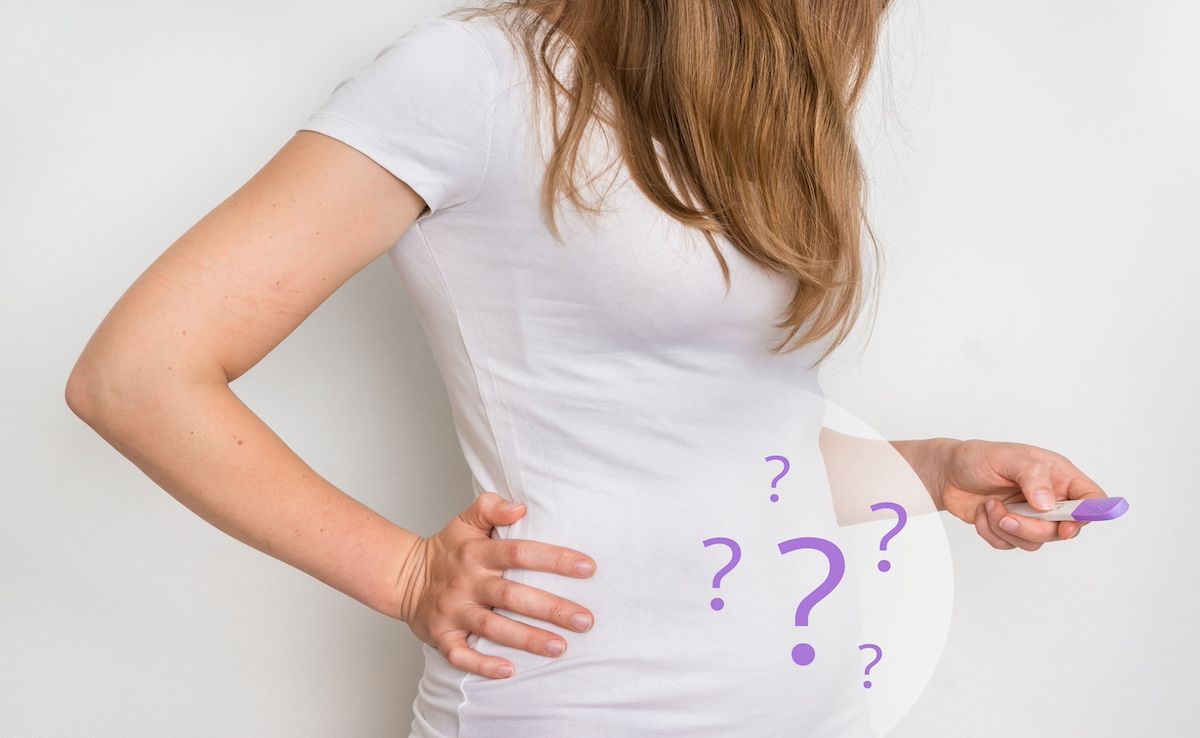News
Article
Infertility Not Linked to Hidradenitis Suppurativa
Author(s):
Key Takeaways
- Hidradenitis suppurativa is linked to sexual dysfunction and decreased quality of life, but not directly to infertility.
- The study found no significant differences in fertility treatment outcomes among HS patients compared to other groups.
Previous research has linked hidradenitis suppurativa to infertility, but concrete data are lacking on causality of the chronic inflammatory skin condition in this setting.
There is not a relationship between hidradenitis suppurativa and infertility, according to new research comparing outcomes among 3 patient groups—55 patients with hidradenitis suppurativa, 55 patients with other dermatological diseases (ODDs), and 51 health patients in the control group.
Among the principal adverse effects of hidradenitis suppurativa, chronic inflammatory skin condition, are sexual dysfunction, higher risk of mental health disorders, and significantly decreased quality of life, all of which likely can be traced back to the systemic inflammation that characterizes the disorder and manifests in painful nodules and abscesses. In research published in Archives of Dermatological Research, investigators noted that the disease pathophysiology regarding infertility is ”only partially understood” due to contradictory findings showing potential connections between hidradenitis suppurativa and sex hormones or lesion location but mixed results for total free androgen levels.”1
Patients were included who received care through the Department of Dermatology at Zealand University Hospital, in Roskilde, Denmark, between September 2019 and November 2021. Ages were balanced across the groups; the patients with hidradenitis suppurativa were a mean (SD) 42.40 (12.14) years, those with ODDs were 41.30 (12.10) years, and the healthy controls were 45.10 (14.68) years (P = .347). The first step of this cross-sectional study was to survey patients about their pregnancy and menstrual history, sexual function, and fertility influences, such as history of medical and surgical procedures, the environment (eg, smoking and alcohol use), and comorbid diseases (eg, polycystic ovarian syndrome). Participants were also asked about exposures before, during, and after pregnancy or to respond accordingly if they had not conceived before, during, and after their 30th year, “a time point chosen for easy comparison, as the median age of first-time birth in Denmark is 30 years.”
In this study, the highest infertility rate was seen in the patients living with hidradenitis suppurativa; however, no direct causality was seen for this, with the authors noting diseases and symptoms comprised the only factors with a statistically significant relationship to infertility. | Image Credit: © andriano_cz-stock.adobe.com

The authors’ findings show that median (IQR) body mass index at pregnancy P = .02) and at study inclusion were highest in the patients with hidradenitis suppurativa (33.6 [0.32] kg/m2). The most patients who had given birth to at least 1 child were in the patient cohort with hidradenitis suppurativa (67.3%), and the fewest were in the cohort with ODDs (70.9%; P = .190). Also of note, patients with hidradenitis suppurativa had the highest median pack-years for smoking before pregnancy vs the patients with ODDs (P = .007) and the healthy controls (P = .001).
The patients with hidradenitis suppurativa had a significantly higher self-evaluated disease severity compared with those who had ODDs (P = .0002), and no statistically significant influences were seen for age at study inclusion, marital status, if they had children or not, and alcohol intake. The highest infertility rate was also seen in this group, at 25.5% vs 18.2% for the ODD group and 15.7% for the healthy controls (P = .42), and significant differences in outcomes were not seen when the authors considered receipt of fertility treatment (P = .33). However, the patients with hidradenitis suppurativa also had a midrange combined rate of having had children, been pregnant, or attempted pregnancy compared with the group with ODDs and the health controls: 80.0% vs 78.2% vs 88.2%, respectively.
Also, according to the Female Sexual Function Index, which was used to evaluate sexual function, median total score was lower in the patients with hidradenitis suppurativa vs the control group: 22.4 (5.6-31.6) vs 28.9 (22.2-32.9; P = .03).
Diseases and symptoms comprised the only factors the authors found with a statistically significant relationship to infertility (OR, 3.19; 95% CI, 1.43-8.25; P = .01).
The authors expressed surprise that the univariate and multivariate analyses did not identify hidradenitis suppurativa as an independent factor affecting fertility.
Their findings contrast with recent previous research2,3; however, the authors note this with a word of caution, because those analyses did not include control populations and the present study had a small sample size. They suggest, therefore, that larger studies are needed and necessary “to better investigate the independent relationship between HS and infertility.”
References
1. Medianfar CE, Larsen CK, Saunte SK, Saunte DML, Jemec GBE, Andersen RK. Hidradenitis suppurativa and female infertility: a pilot study conducted amongst 110 dermatological patients. Arch Dermatol Res. 202428;316(9):649. doi:10.1007/s00403-024-03390-6
2. Adelekun AA, Villa NM, Hsiao JL, Micheletti RG. Pregnancy in hidradenitis suppurativa—patient perspectives and practice gaps. JAMA Dermatol. 2021;157(2):227-230. doi:10.1001/jamadermatol.2020.5162
3. Tzur Bitan D, Kridin K, Hodak E et al (2021) The association between hidradenitis suppurativa and male and female infertility: a population-based study. Australas J Dermatol. 2021;62(2):e223-e227. doi:10.1111/ajd.13529




